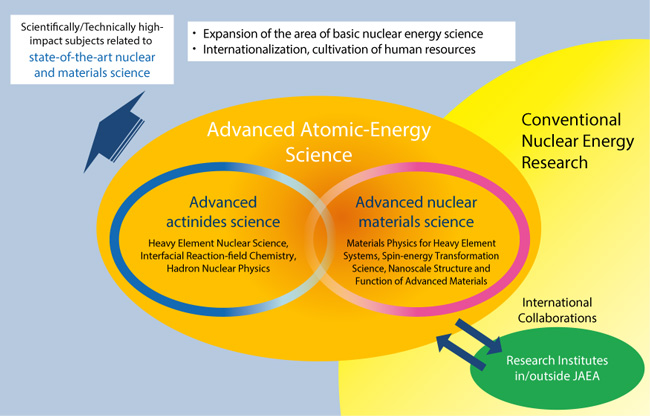
Fig.3-1 The role of advanced nuclear scientific research
Basic science supports the greater part of nuclear-energy-related technology. In research, it is particularly crucial to respond to the new stage of nuclear energy development that we will be entering in the next few decades as well as to constantly seek solutions to today’s energy problems.
The role of the Advanced Science Research Center (ASRC) is to explore the unlimited possibility of nuclear energy from the perspective of basic science. In this process, we aim to open up new research fields and strive to further develop science and technology. Beginning in FY2015, we started our mid-term plan, focusing on two main areas: advanced actinides science and advanced nuclear materials science (Fig.3-1). Research on the former has been conducted with the aim of creating a new concept for nuclear and heavy-element-based actinides science. For the latter, we have commenced investigation and development of new nuclear-energy-related materials. Through interactions between the two areas and collaboration with research institutes inside and outside of the Japan Atomic Energy Agency (JAEA), we have been working on cultivating new fields of nuclear-energy science (Fig.3-1).
We have made numerous highlighted achievements during FY2015. Through advanced actinides science, nuclear-charge-symmetry breaking by a strange particle was observed at the J-PARC Hadron Experimental Facility (Topic 3-4); this discovery may lead to a way to solve a mystery of the nuclear force among protons, neutrons, and so on. A large-scale nuclear-structure calculation to constrain the masses of neutrinos using the K supercomputer (Topic 3-5) was provided using extensive numerical simulations. A new technology for controlling the migration of cesium from forests to living areas had been developed, along with a means to regenerate village forests using polymers and clay (Chapter 1, Topic 1-15), which was demonstrated by verification tests in Iitate village, Fukushima. This accomplishment is expected to prevent recontamination of living areas.
Substantial results have been obtained by advanced nuclear-materials science. The discovery of a novel mechanism of superconductivity induced by strong magnetic fields (Topic 3-1) may allow the development of new functions of uranium-based compounds. Electrical generation from the quantum-mechanical-spinning motion in a liquid metal (Topic 3-2) may serve as a new electrical-generation source. This accomplishment in particular was published by Nature Physics and featured at the editors’ choice (News&Views et al.) of Nature Physics, Nature Materials, and Science. A new material-surface-analysis, positron diffraction, revealed the interface structure between graphene and a metal substrate (Topic 3-3).
The ASRC thinks it important to develop nuclear human resources with expertise and to demonstrating their total abilities through nuclear basic research.